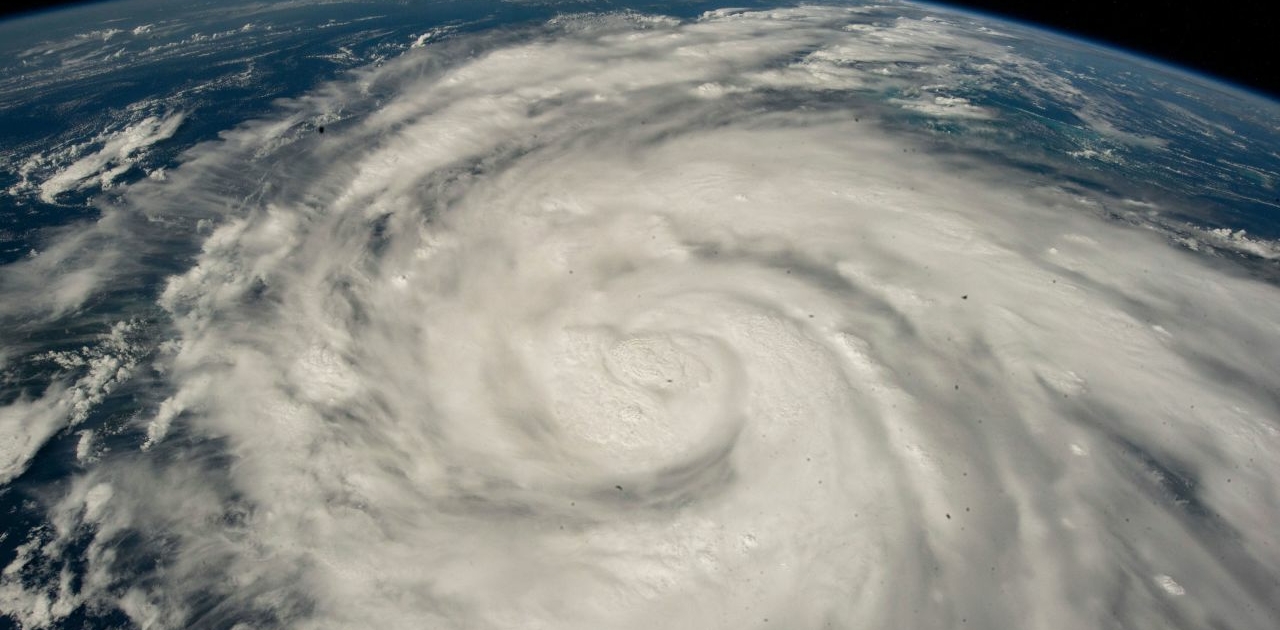Tropical Cyclone Hazards and Vulnerability
The intensity of tropical cyclones is assessed using the Saffir-Simpson scale.
Tropical cyclones that make landfall at Category 3 or above can cause extensive damage.
Several physical dangers arise when cyclones hit land:
- Strong winds can uproot trees, tear roofs off buildings, and knock down power and telephone lines; flying debris poses a lethal risk to people.
- Heavy rain can lead to floods, damaging bridges and roads and causing soil erosion.
- Landslides may occur due to intense rainfall weakening steep slopes, burying houses and blocking roads.
- Powerful waves driven by strong winds can erode coastlines and destroy sea and flood defenses.
- A storm surge occurs when the low air pressure in a cyclone raises the sea level by 10 mm for every one millibar drop in air pressure, leading to extensive coastal flooding when the cyclone reaches land.
Most damage from tropical cyclones is due to flooding caused by storm surges. People risk drowning and harm from flying debris, collapsing buildings, and floodwaters if not evacuated.
Economic impacts of tropical cyclones include:
- Loss of crops due to widespread flooding.
- Destruction of businesses and closures during evacuations.
- Repairs needed for roads, bridges, and flood defences post-cyclone.
Social impacts of tropical cyclones encompass:
- Deaths and injuries.
- Psychological trauma and, in developing countries, homelessness for those losing everything.
- Separation of families during evacuation.
Environmental impacts of tropical cyclones involve:
- Damage to coral reefs, mangrove swamps, and other coastal ecosystems.
- Farmland contamination by saltwater from storm surges.
- Increased coastal erosion.
Vulnerability to tropical cyclones varies by region:
- Low-lying coastal areas with fertile farmland or cities like New Orleans (USA) and Dhaka (Bangladesh) face high flood risks.
- Coastlines with industry and tourism suffer significant economic losses if impacted.
- Places without natural protections like coral reefs and mangroves are more vulnerable.
- Regions frequently hit by cyclones, such as Haiti and the Philippines, are more susceptible.
In developing countries like Bangladesh and the Philippines, poverty heightens vulnerability. Rural subsistence farming families rely on their crops and often lack insurance and financial safety nets. They live in risky, poorly built homes in isolated areas, which are the last to receive aid and warnings about approaching cyclones.
Related Topics
Use the images below to explore related GeoTopics.


